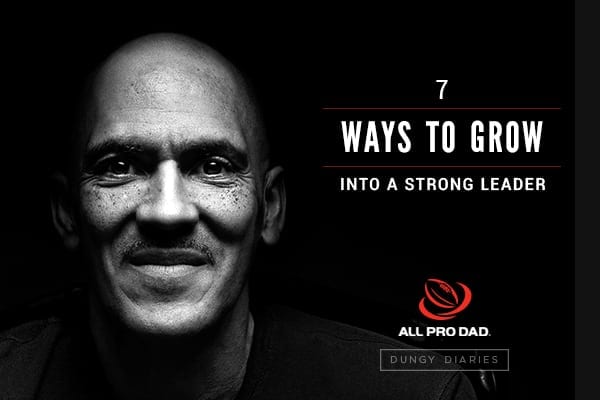“What’s going on with you? I’m not liking your negative body language.” I sat up in my seat and stared blankly at our premarital counselor, not knowing how to respond. Defensively, I explained how when my fiancée (now wife) got upset, I became more relaxed to balance us out. He said, “I don’t think that’s working for you.” I had no idea at the time, but my body language was betraying me. It was communicating what I wanted to keep concealed. In that situation, it worked out well because my attitude needed to be challenged. But what about in other situations?
Negative body language can communicate as much as words can. It can show insecurity, discomfort, and weakness. So it’s important to know how and what we’re communicating. Additionally, our body language can even lead our attitudes. When something negative happens, we have a tendency to put our heads down. But the simple act of keeping our chins up can help us maintain hope. There are plenty of times when it’s appropriate to show weakness. It’s even good for our kids to see it. The point is we want to control our body language so it communicates what we want and bolsters our internal strength. Here are 5 body language positions that show weakness.
1. Covering Your Mouth
A person who covers his mouth either feels insecure, is hiding something, or potentially both. It’s particularly weak when he keeps covering his mouth while talking. When I catch myself doing this, I think through why I’m hiding or feeling self-conscious. In a meeting several years ago, I covered my mouth and gave an answer in a low voice. The president of Family First, Mark Merrill, asked me what I said. I decided to be honest: “I mumbled my answer because I’m insecure about what I’m saying.” Since then, I’ve been intentional about keeping my hands down and putting myself out there. It’s actually helped boost my confidence. Let yourself be seen and heard.
2. Fidgeting or Having Your Feet Off the Ground
Fidgeting shows nervousness or feeling unsure. It takes commitment and practice to learn to be still, but it can give you a sense of control. If you’re sitting across from someone and your feet are on their toes, you probably don’t feel self-assured. Simply taking your feet and putting them flat on the ground can calm your nerves.
3. Folded Arms
In most cases, this is a defensive posture. Is it possible the person is cold or it’s the most comfortable position? Sure, but if you’re meeting with someone and your arms are folded, it can hurt you. The other person can perceive that you’re closed off or shut down. If it’s a negotiation, you will immediately come off as vulnerable. A stronger position is being open, available to receive the other person.
4. Hands on Hips
This is an authoritative stance that usually results when someone feels threatened. There are plenty of times when we’re legitimately threatened, but in many circumstances, we feel that way because we feel weak or not in control. In those situations, hands on the hips is a false posturing of strength.
5. Shrugged Shoulders
This is a defeatist position. It communicates, “I’ve lost. There’s no hope here.” This can both reveal our hearts and lead our hearts at the same time. When we face a setback, it can be appropriate to feel the pain and perhaps mourn, but we should never lose hope or assume absolute defeat. When you start to shrug, be mindful to put your shoulders back, fix your posture, and stand tall. It may be exactly what you need to embrace optimism and overcome a tough situation.
Earn some points: Are you married? If so, share this iMOM article with your wife: 5 Reasons Being Optimistic Makes You a Better Mom.
Sound off: What are some other negative body language positions that communicate weakness?











Huddle up with your kids and ask, “What are some things you can do to find courage when things are rough?”